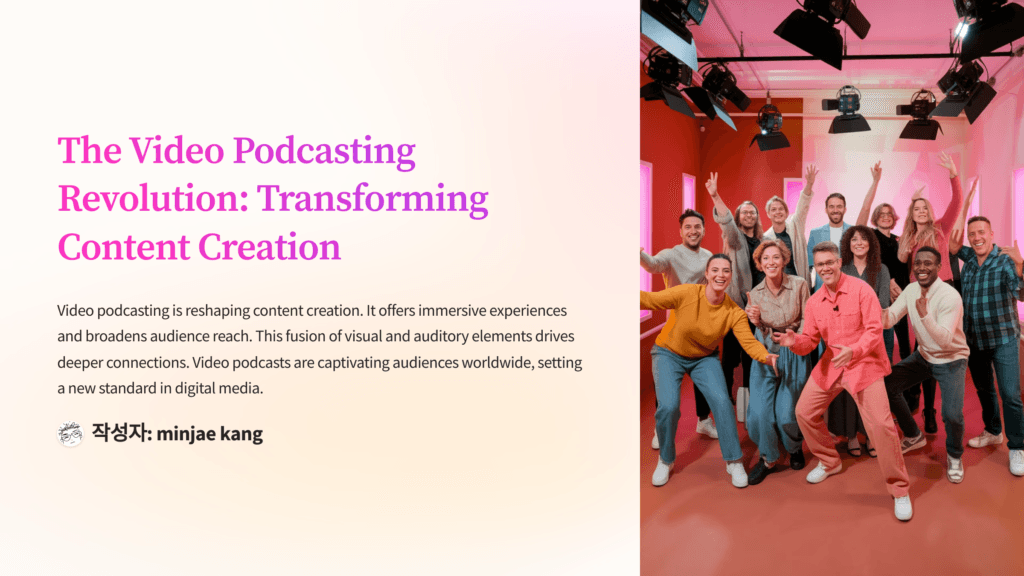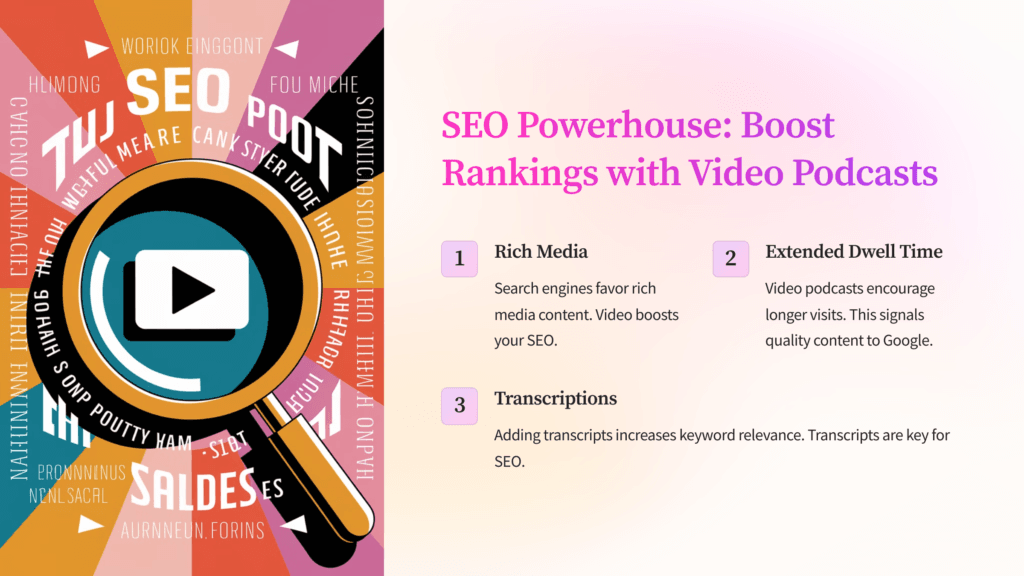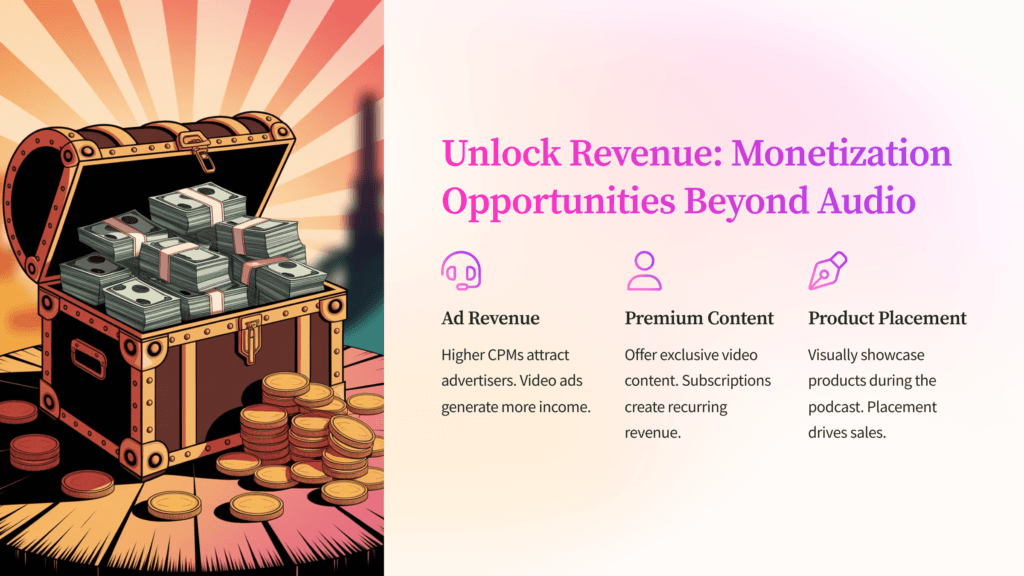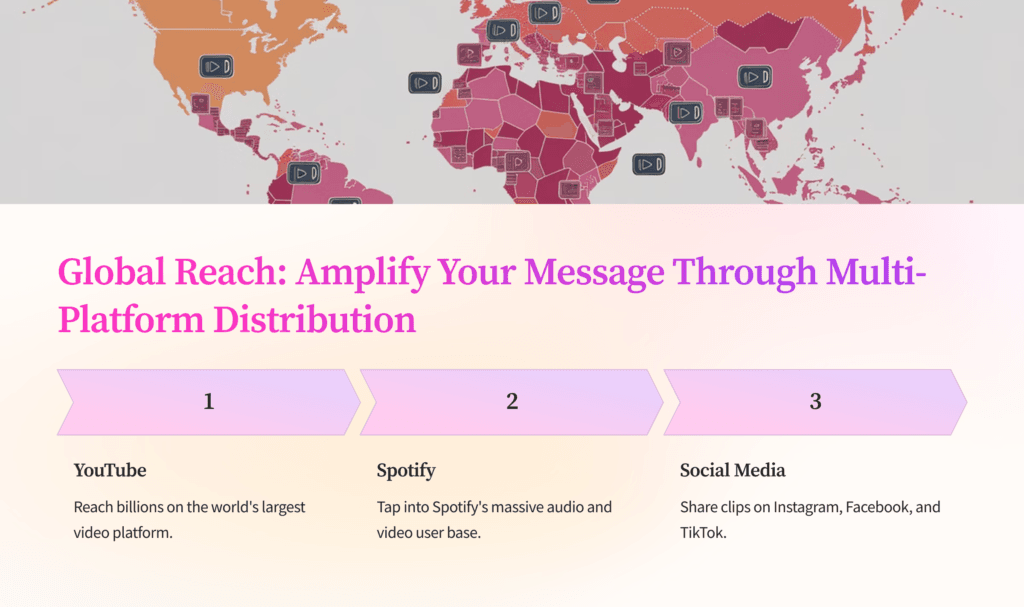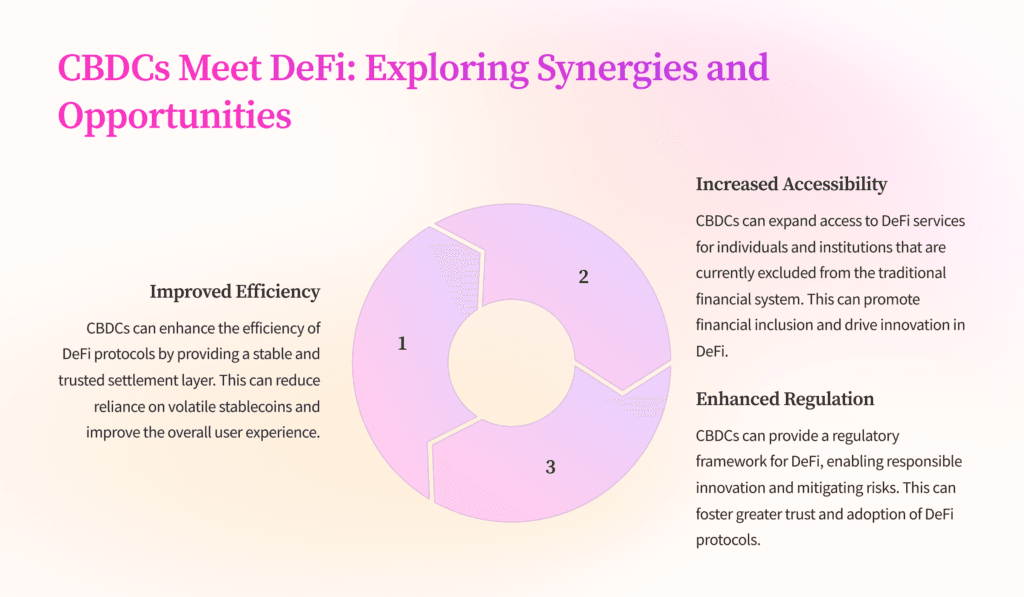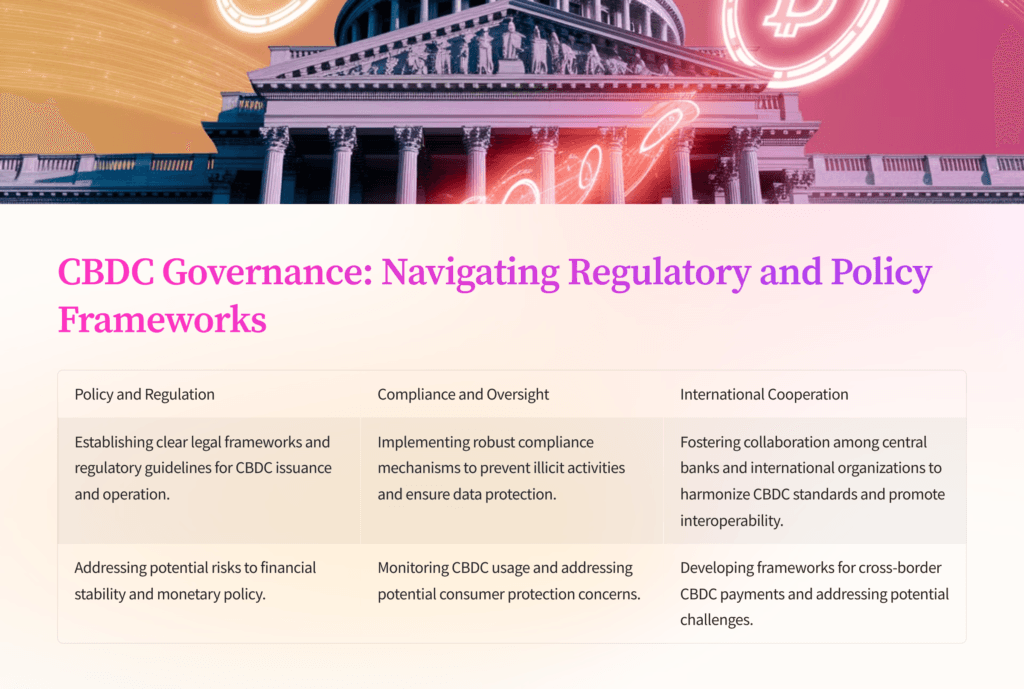
Health and wellness are no longer one-size-fits-all, and Personalized Nutrition Through DNA Testing is revolutionizing how we approach diet and lifestyle. Instead of following generic diet plans, DNA-based nutrition provides scientifically tailored dietary recommendations based on your unique genetic makeup.
By analyzing genes linked to metabolism, nutrient absorption, food sensitivities, and disease risk, DNA testing offers a customized approach to nutrition. Whether you’re looking to lose weight, boost energy, or improve overall health, personalized nutrition helps you make better dietary choices based on genetic insights.
In this article, we’ll explore seven key benefits of personalized nutrition through DNA testing, highlighting why this innovative approach is the future of health and wellness. 🚀
1. Personalized Nutrition Through DNA Testing Optimizes Diet Plans 🍽️🧬

One of the biggest benefits of Personalized Nutrition Through DNA Testing is that it helps you create a diet that works best for your body. Instead of following generic nutrition guidelines, DNA-based plans consider how your body processes different macronutrients.
🔹 How DNA Testing Helps Optimize Diets
- Carbohydrate & Fat Metabolism – Identifies if you process carbs or fats more efficiently.
- Protein Requirements – Determines the best protein intake for muscle growth and recovery.
- Nutrient Absorption – Analyzes how well your body absorbs vitamins and minerals.
This genetic approach prevents trial-and-error dieting, helping you choose foods that support your metabolism and overall health.
🔗 Learn more about DNA-based diets: National Institutes of Health (NIH)
2. Identifies Food Sensitivities & Allergies 🚫🥛

Many people suffer from undiagnosed food sensitivities, leading to bloating, fatigue, and digestive issues. DNA testing can reveal genetic predispositions to lactose intolerance, gluten sensitivity, and other food reactions.
🔹 Key Food Sensitivities Identified Through DNA
- Lactose Intolerance – Determines if your body produces enough lactase to digest dairy.
- Gluten Sensitivity – Identifies markers for celiac disease or non-celiac gluten intolerance.
- Histamine & Caffeine Sensitivity – Helps understand how your body reacts to coffee, wine, and aged foods.
By eliminating problematic foods, you can improve digestion, reduce inflammation, and enhance overall well-being.
🔗 Explore genetic food intolerance research: Celiac Disease Foundation
3. Helps Achieve Sustainable Weight Management ⚖️🥦

If you’ve ever struggled with weight loss despite following different diets, your genes may hold the answer. DNA-based nutrition identifies genetic factors that affect metabolism, fat storage, and hunger hormones.
🔹 How DNA Testing Supports Weight Loss
- Metabolic Rate Analysis – Determines if you have a fast or slow metabolism.
- Hunger & Satiety Genes – Identifies if you’re prone to overeating or emotional eating.
- Fat Storage Tendency – Helps tailor exercise and diet strategies for fat loss.
By understanding your genetic weight loss profile, you can choose the most effective diet plan for long-term success.
🔗 Learn about genetics and obesity: Harvard T.H. Chan School of Public Health
4. Customizes Vitamin & Mineral Intake 💊🍊
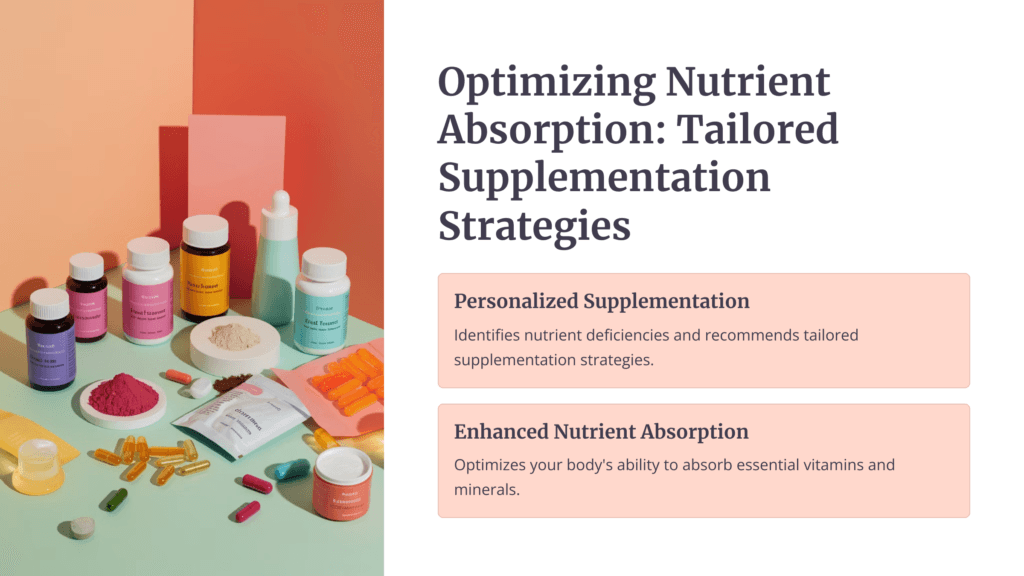
Many people take supplements without knowing what their body actually needs. DNA testing identifies how well your body absorbs specific vitamins and minerals, helping you avoid deficiencies and excesses.
🔹 Personalized Supplementation Based on DNA
- Vitamin D Absorption – Determines if you need higher sun exposure or supplements.
- Iron & B12 Metabolism – Essential for vegetarians and those at risk of anemia.
- Omega-3 Processing – Helps identify if your body efficiently converts plant-based Omega-3s.
With DNA-based nutrition, you can fine-tune your supplement intake for optimal health.
🔗 Check out nutrient genomics research: American Society for Nutrition
5. Enhances Athletic Performance & Recovery 🏋️♂️🚀

Athletes and fitness enthusiasts can greatly benefit from DNA-based nutrition, as it helps optimize diet and exercise strategies. Genetic analysis can reveal muscle fiber type, injury risk, and recovery speed.
🔹 DNA-Driven Fitness Optimization
- Strength vs. Endurance Training – Identifies if your body responds better to power or cardio workouts.
- Post-Workout Recovery – Determines how quickly your muscles repair after exercise.
- Tendon & Ligament Strength – Helps prevent sports injuries through personalized training adjustments.
With personalized nutrition, athletes can optimize their diet for peak performance and faster recovery.
🔗 Explore genetic insights in sports science: Journal of Sports Science & Medicine
6. Lowers Risk of Chronic Diseases 🩺❤️

Your DNA provides insights into genetic predispositions for conditions like heart disease, diabetes, and high blood pressure. By tailoring your diet based on these risk factors, you can take preventative measures to stay healthier longer.
🔹 Genetic Risk Factors Managed Through Diet
- Heart Disease Risk – Personalized diets to lower cholesterol and improve heart health.
- Diabetes Predisposition – Identifies insulin resistance markers for better blood sugar control.
- Inflammation & Autoimmune Risk – Helps reduce inflammatory triggers through diet.
With early lifestyle interventions, you can reduce disease risks and improve longevity.
🔗 Read about nutrigenomics and chronic disease prevention: World Health Organization (WHO)
7. Provides Long-Term Health Insights & Lifestyle Guidance 📊🛤️

Unlike temporary diet fads, personalized nutrition through DNA testing provides lifetime insights into your unique dietary and health needs.
🔹 How DNA Testing Supports Long-Term Health
- Tailored Nutrition for Every Life Stage – Adjusts dietary needs from youth to old age.
- Prevention of Age-Related Decline – Helps optimize brain health, metabolism, and immunity.
- Improves Gut Microbiome Balance – Personalized diets for better digestion and immune function.
Investing in DNA-based nutrition allows you to make informed choices that support lifelong well-being.
🔗 Find out more about DNA testing for long-term health: Genetic Literacy Project
Final Thoughts: The Future of Personalized Nutrition 🥗🔬
The future of health and wellness lies in Personalized Nutrition Through DNA Testing. By leveraging genetic insights, you can customize your diet, improve nutrient absorption, manage weight, and reduce disease risk—all tailored to your unique biology.
Rather than following generic diet trends, DNA-based nutrition empowers you to make science-backed dietary choices for long-term health and well-being. As genetic research advances, personalized nutrition will become a standard approach to optimizing health and performance.
Are you ready to unlock your genetic potential? Take control of your health with DNA-based nutrition today! 🚀
🔗 Start your DNA-based nutrition journey: 23andMe
























